_ بخش دیود های LED (دیود های نورانی)
دیود های LED (دیود های نور اَفشان) دارای یک پیوند نیمه هادی از نوع PN
پژوهشگر و نویسنده: دکتر ( افشین رشید )
دیود های LED ساده ترین نوع قطعه نیمه هادی است . به طور کلی، نیمه هادی ماده ای با توانایی متغیر در هدایت جریان الکتریکی است. اکثر نیمه هادی ها از یک رسانای ضعیف ساخته شده اند که ناخالصی هایی (اتم های ماده دیگر) به آن اضافه شده است. فرآیند افزودن ناخالصی ها، آلایش نامیده می شود .
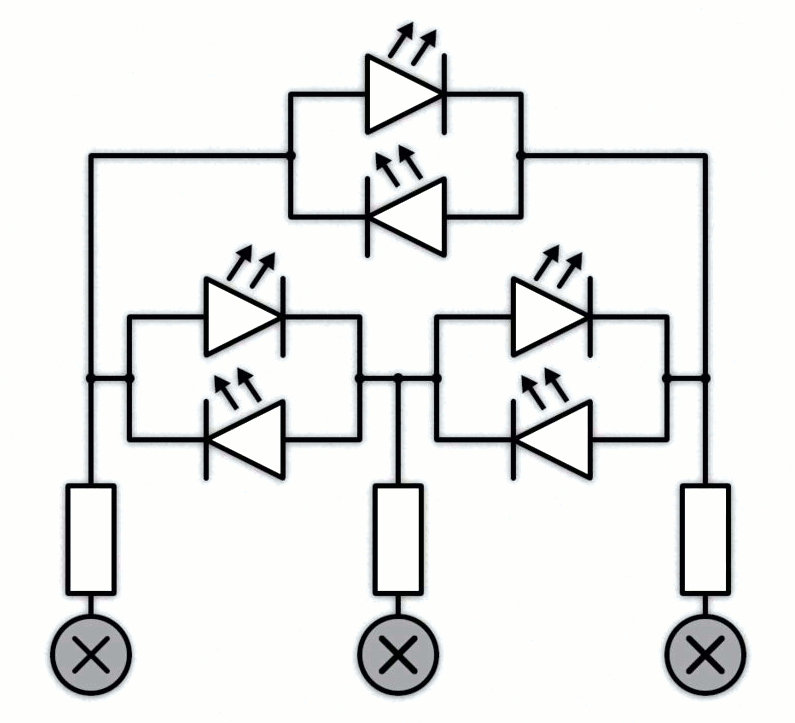
در مورد LED ها، ماده رسانا معمولاً آلومینیوم-گالیوم-آرسنید (AlGaAs) است. در (آلومینیوم-گالیوم-آرسنید) خالص، تمام اتم ها کاملاً با همسایگان خود پیوند برقرار می کنند و هیچ الکترون آزادی (ذرات با بار منفی) برای هدایت جریان الکتریکی باقی نمی ماند. در ماده آلاییده شده، اتم های اضافی تعادل را تغییر می دهند، یا الکترون های آزاد اضافه می کنند یا حفرههایی ایجاد می کنند که الکترون ها می توانند در آنها قرار گیرند. هر یک از این تغییرات، ماده را رسانا تر می کند.
یک نیمه رسانا با الکترون های اضافی، ماده نوع N نامیده می شود ، زیرا ذرات با بار منفی اضافی دارد. در ماده نوع N، الکترون های آزاد از ناحیه ای با بار منفی به ناحیه ای با بار مثبت حرکت می کنند.
LED ها (دیودهای انتشار نور) منابع نوری نیمه هادی هستند که یک نیمه هادی از نوع P (غلظت سوراخ بزرگتر) را با یک نیمه هادی از نوع N (غلظت الکترونی بزرگتر) ترکیب می کنند. اعمال ولتاژ رو به جلو کافی باعث می شود الکترون ها و سوراخ ها در محل اتصال PN نوترکیب شوند و انرژی را به صورت نور آزاد می کنند. در مقایسه با منابع نوری معمولی که ابتدا انرژی الکتریکی را به گرما تبدیل می کنند و سپس به نور تبدیل می شوند ، LED ها (دیودهای ساطع کننده نور) انرژی الکتریکی را به طور مستقیم به نور تبدیل می کنند و تولید برق کارآمد با انرژی کم مصرف می کنند.دو نوع LED وجود دارد ، یک نوع لامپ (سرب) و نوع تراشه (سطح نصب شده). کاربران می توانند بر اساس نیاز مجموعه ، نوع ایده آل را انتخاب کنند.
پژوهشگر و نویسنده: دکتر ( افشین رشید)
دکترایِ تخصصی نانو _ میکرو الکترونیک



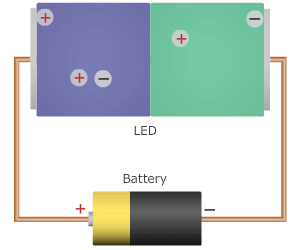
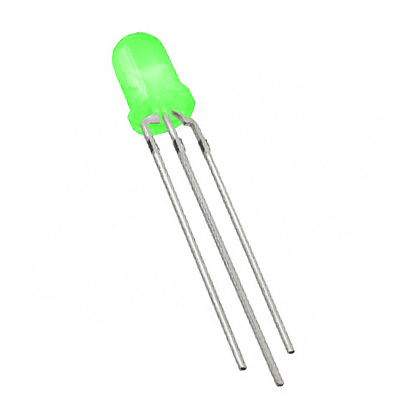
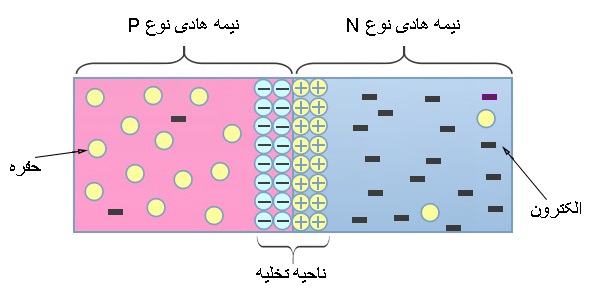
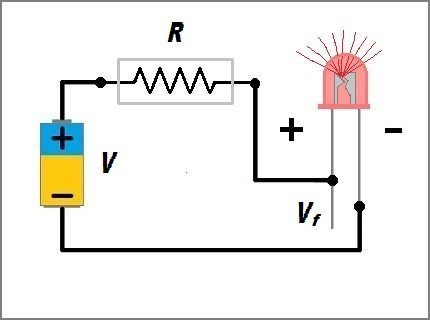
_sph0.gif)